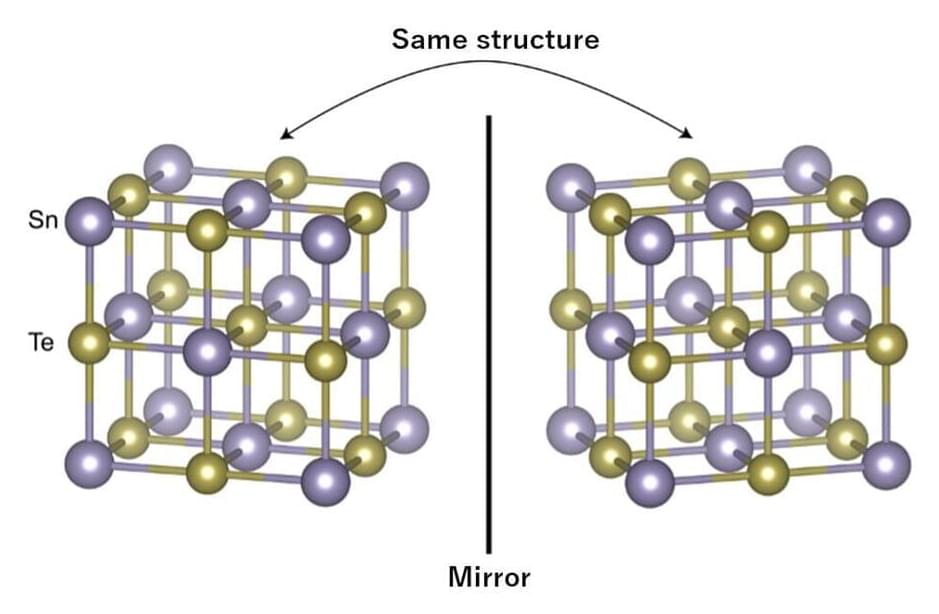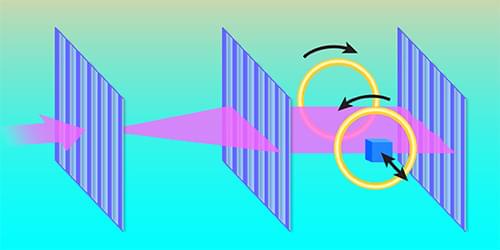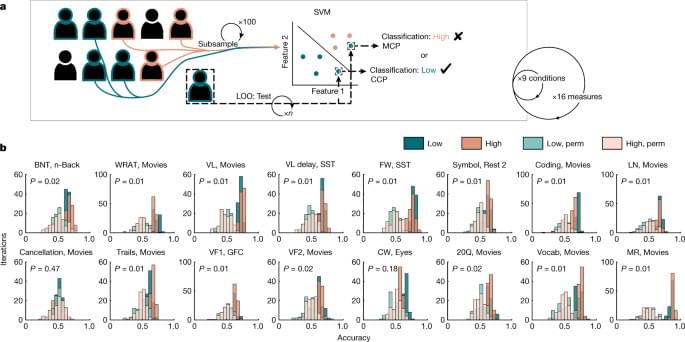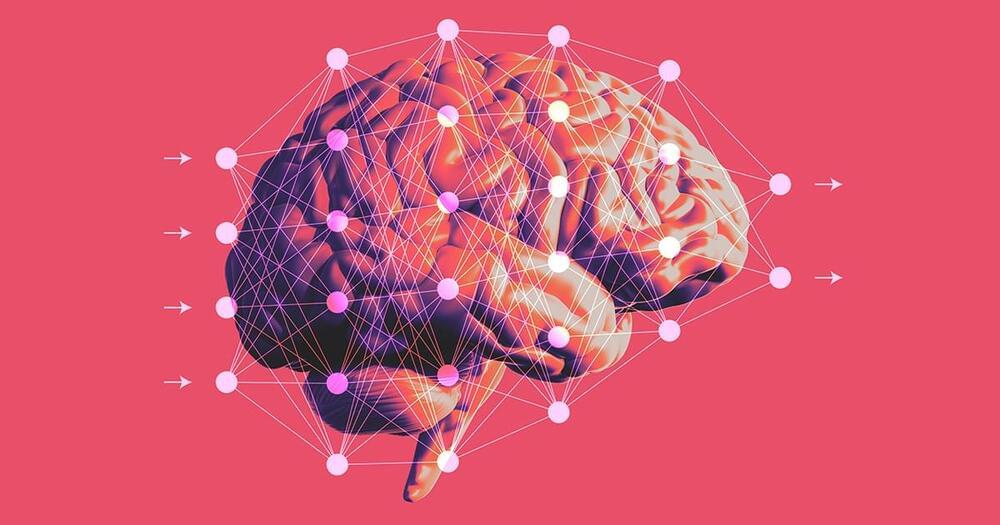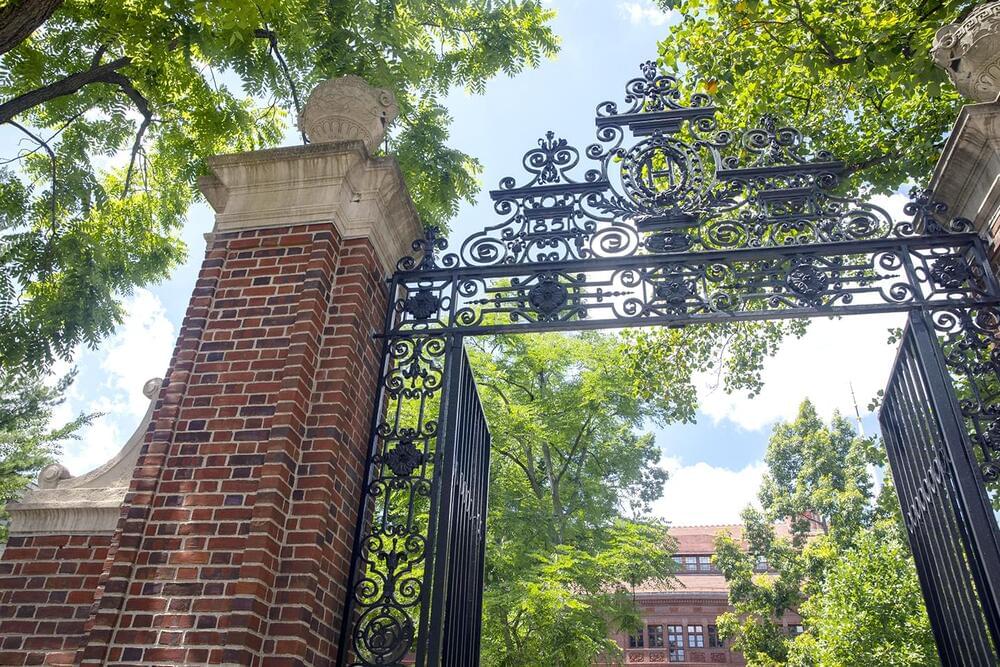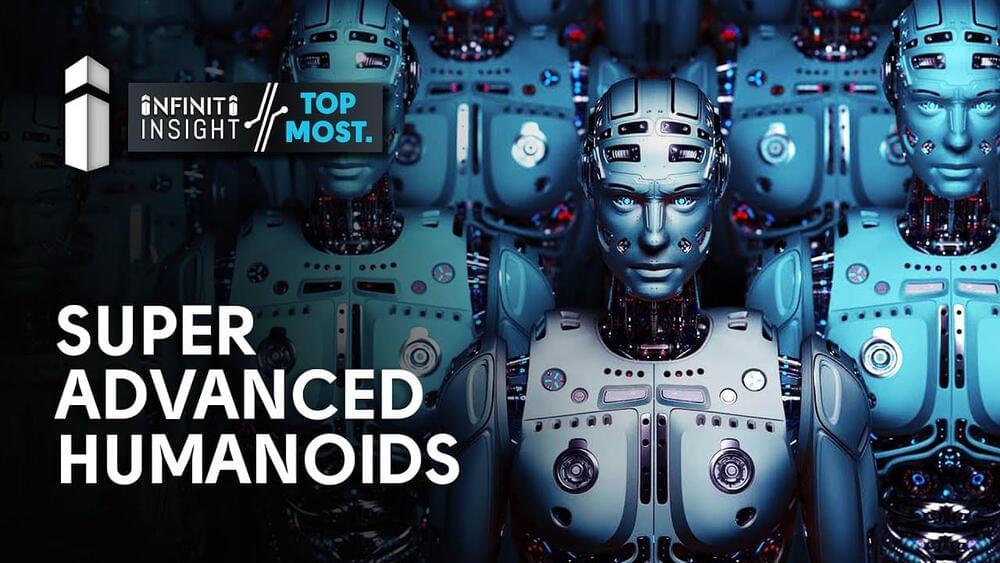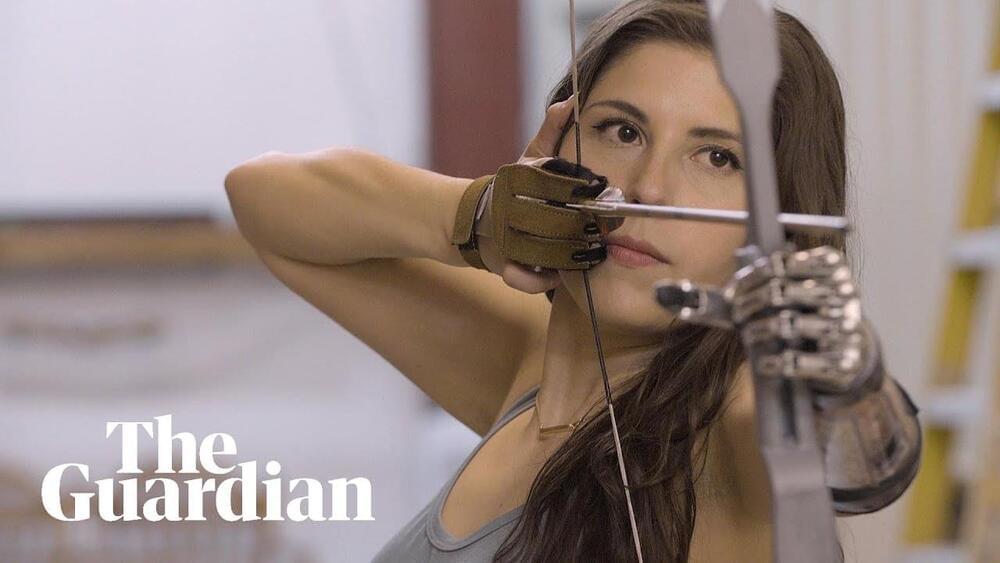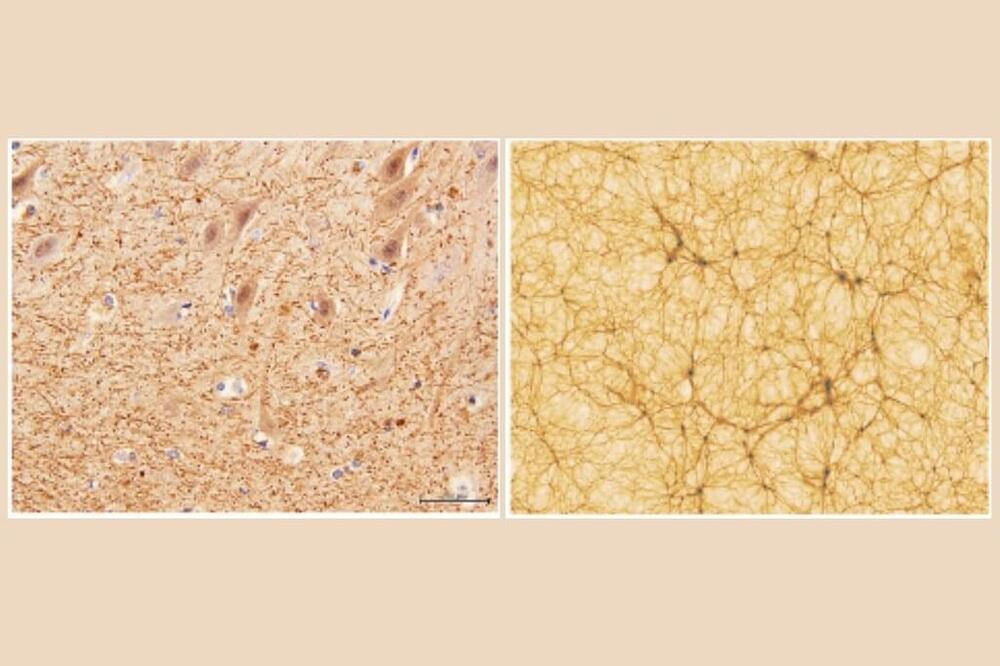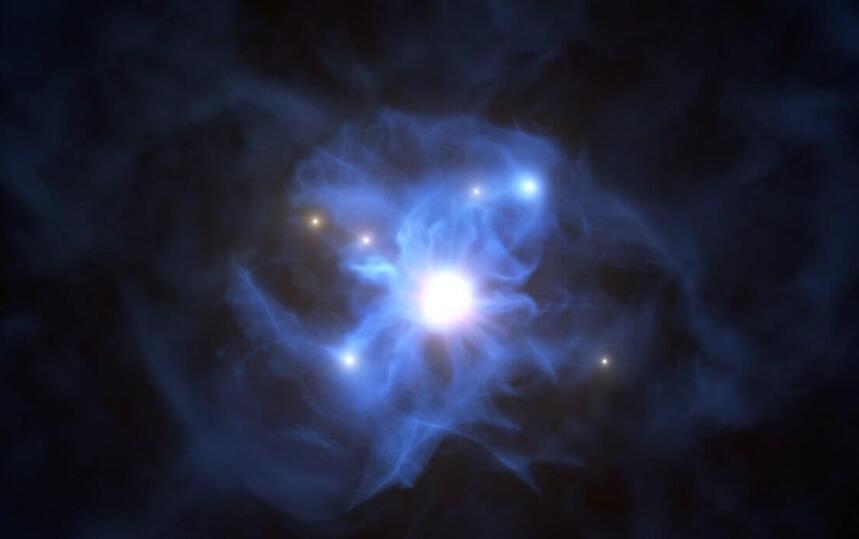Sep 12, 2022
Making mini-magnets that induce a quantum anomalous Hall effect
Posted by Saúl Morales Rodriguéz in categories: computing, quantum physics
A new device has been fabricated that can demonstrate the quantum anomalous Hall effect, in which tiny, discrete voltage steps are generated by an external magnetic field. This work may enable extremely low-power electronics, as well as future quantum computers.
If you take an ordinary wire with electrical current running through it, you can create a new electrical voltage perpendicular to the flow of current by applying an external magnetic field. This so-called Hall effect has been used as part of a simple magnetic sensor, but the sensitivity can be low.
There is a corresponding quantum version, called the quantum anomalous Hall effect that comes in defined increments, or quanta. This has raised the possibility of using the quantum anomalous Hall effect for the purpose of constructing new highly conductive wires or even quantum computers. However, the physics that leads to this phenomenon is still not completely understood.
